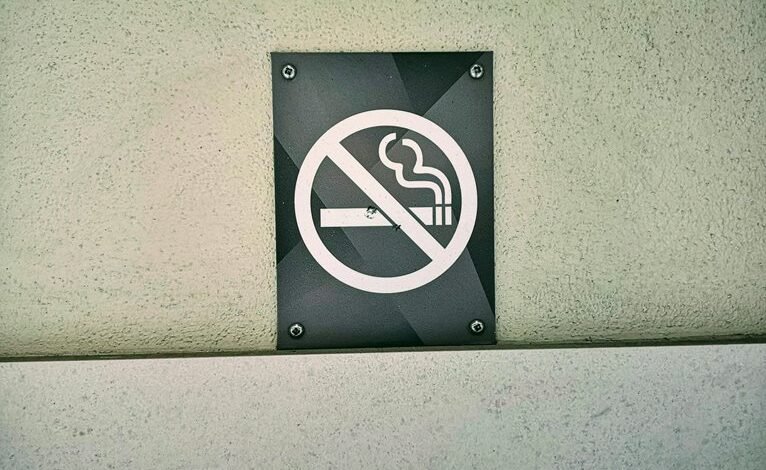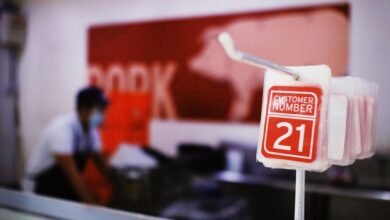Photoaconpan: O Impacto de Imagens no Âmbito Jurídico

The integration of visual evidence in legal proceedings has become a pivotal aspect of effective advocacy. Images not only simplify complex information but also enhance the narrative presented to jurors. This visual approach can significantly sway emotional responses, ultimately influencing judicial outcomes. As legal professionals increasingly recognize the power of persuasive imagery, it raises critical questions about the ethical implications and best practices in its application. What remains to be explored is the balance between emotion and fact in this evolving landscape.
The Role of Visual Evidence in Legal Proceedings
While legal arguments often hinge on verbal testimony and written documents, visual evidence plays a crucial role in enhancing the comprehension of complex cases.
It provides visual credibility, allowing juries and judges to grasp intricate details quickly. The authenticity of evidence is paramount; compelling visuals can substantiate claims, challenge narratives, and ultimately influence verdicts, underscoring the necessity of integrating such evidence in legal proceedings.
Enhancing Narrative Through Images
Images serve as powerful tools in legal narratives, as they can effectively convey complex information that words alone may fail to capture.
Through visual storytelling, legal professionals harness persuasive imagery to enhance understanding and retention.
This integration of visuals not only elucidates intricate concepts but also engages the audience, fostering a more compelling narrative that resonates beyond the confines of traditional legal discourse.
The Emotional Impact of Photography on Juror Decisions
The integration of visual elements in legal presentations extends beyond mere enhancement of narrative; it significantly influences juror emotions and decision-making.
Persuasive imagery often evokes emotional resonance, swaying jurors toward favorable interpretations of evidence. This emotional engagement can lead to biased perceptions, emphasizing the critical role that photography plays in shaping judicial outcomes and highlighting the inherent power of images within the legal framework.
Conclusion
In conclusion, the integration of visual evidence in legal proceedings is not merely beneficial; it is revolutionary, transforming complex narratives into compelling stories that captivate jurors. By enhancing comprehension and emotional engagement, images serve as potent tools that can sway judicial outcomes. The profound impact of photography in the courtroom underscores its necessity in modern legal advocacy, marking a pivotal shift in how legal professionals communicate and persuade, ultimately reshaping the landscape of justice itself.





